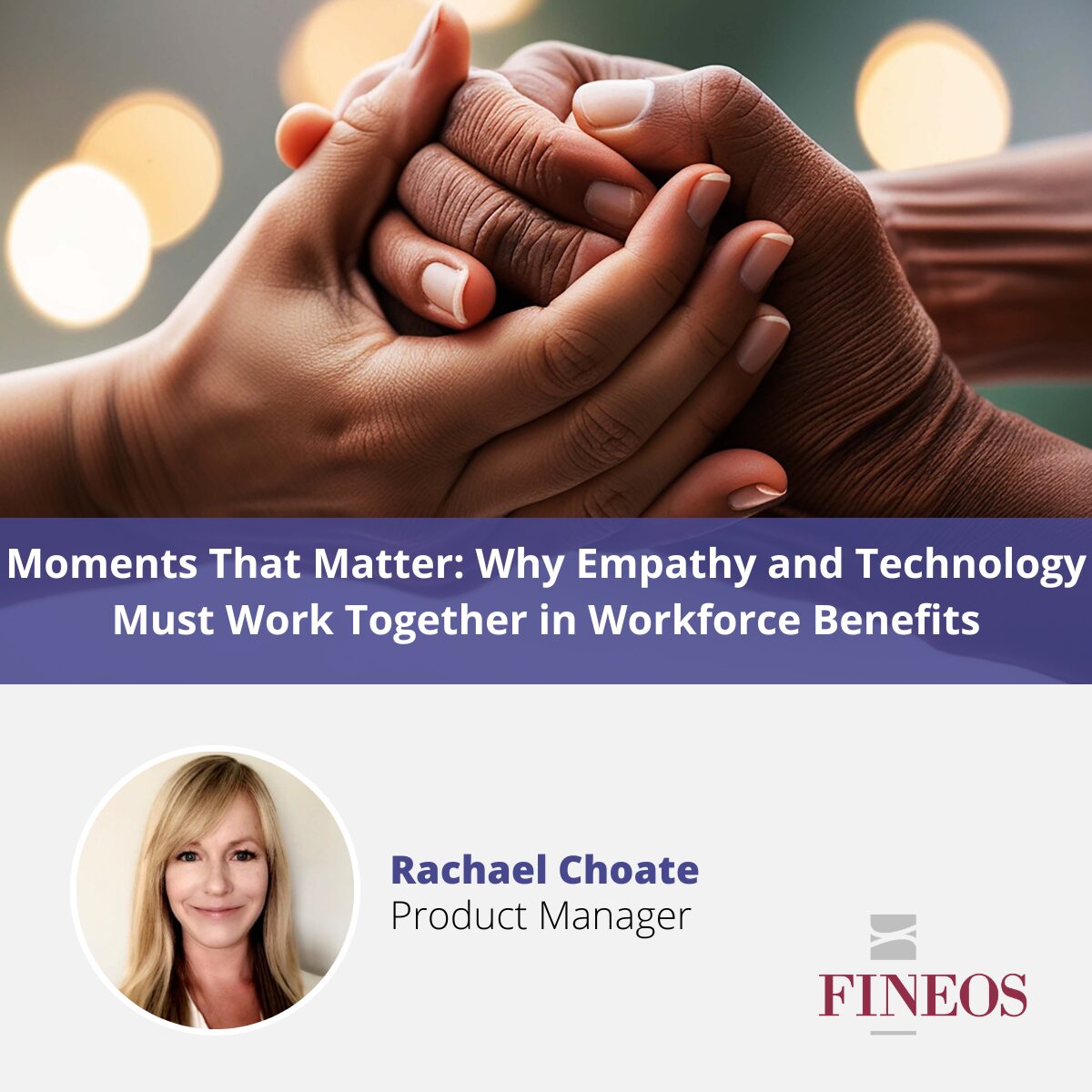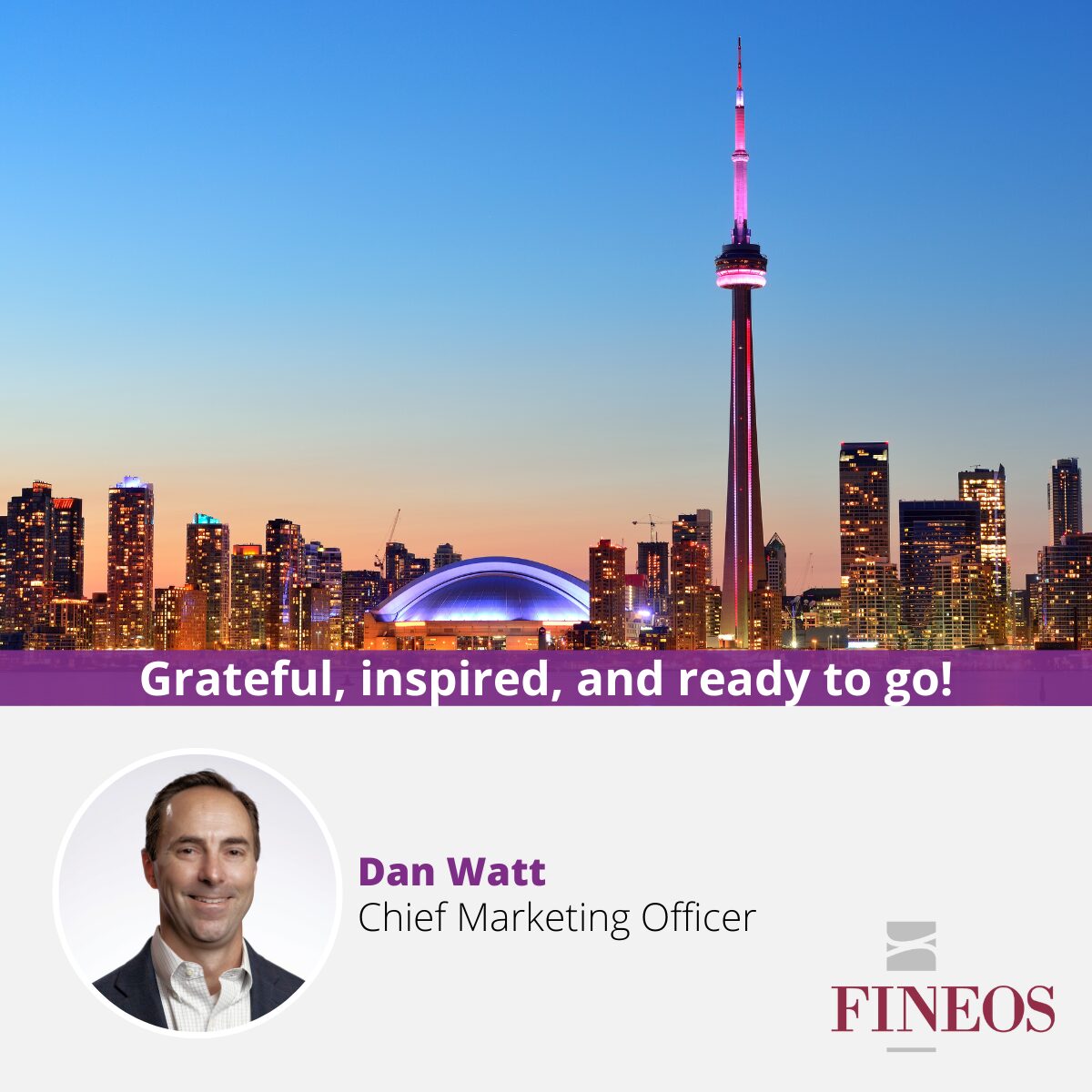Last week, I had the privilege of delivering a presentation at the LIMRA Workplace Benefits Conference in Boston, an incredible event that brought together some of the brightest minds in our industry. My session explored how digital transformation is reshaping how we design, deliver, and enhance workplace benefits.
This blog serves as a summary of the key insights I shared during that presentation, highlighting how technology, particularly AI—is not just changing the game, but redefining it. From consumer expectations to platform integration, here’s a look at where we’re headed and what it means for insurers, employers, and employees alike.
1. Emerging Consumer Marketplace
Today’s employees expect more from their benefits, more choice, more value, and more personalization. As group insurance providers adapt, we’re seeing a transformation of the marketplace into something more consumer-centric and flexible.
- Embedded insurance offerings are becoming the norm, seamlessly integrating with payroll platforms and wellness apps to create frictionless user experiences.
- Personalized proposals based on individual life stages, goals, and preferences are replacing one-size-fits-all plans.
- Real-time comparisons enable smarter, faster decision-making at the point of need.
- Adjacent services—like caregiving support, mental health tools, and leave planning—are expanding the value proposition.
The shift is clear: insurance is no longer just about protection—it’s about enhancing life.
2. Holistic Financial Wellness
Employees don’t view their financial lives in silos—and neither should insurers. By integrating retirement, savings, and insurance benefits into a single, cohesive experience, group insurers can support a more holistic financial wellness journey.
- Platforms are unifying data sources to deliver proactive, prescriptive benefits guidance.
- For example, if someone lacks long-term care (LTC) coverage or isn’t saving adequately, the system can recommend tailored solutions.
- Guaranteed Universal Life (GUL) products are being reimagined as flexible savings tools, not just insurance.
The goal: empower employees to use individuals to make smarter financial decisions, using their benefits as building blocks of long-term security.
3. Medical Integration That Works
Medical integration has long been an aspiration, but execution has lagged. The key to success? Seamless core system integration and automation.
- Real-time auto-adjudication reduces delays and minimizes manual effort.
- AI enables smoother claims experiences by connecting disparate medical data, unstructured data, and benefits systems.
The result: lower overhead for insurers and faster, more accurate service for employees.
4. Learning from Adjacent Industries
The group insurance sector can take cues from other industries—particularly property & casualty (P&C) and finance—which have historically led the way in digital innovation.
- From digital claims in P&C to robo-advisors in finance, these industries have raised the bar for what consumers expect in terms of accessibility, speed, and personalization.
- Group insurers must catch up—not just to stay competitive, but to meet the rising demands of digitally savvy employees.
Cross-industry learning is no longer optional, it’s essential.
AI at the Center of It All: From Aspirational to Practical
Every trend above has one common denominator: AI.
Just five years ago, tools like ChatGPT and Microsoft Copilot introduced the potential of generative AI (GenAI) beyond traditional machine learning. Since then, the industry has poured resources into experimentation and innovation.
Now, we’ve entered what many are calling the “Agentic Age”, where GenAI, machine learning and API’s combine to create intelligent, responsive, and fully integrated insurance ecosystems.
No longer hype, AI is now delivering real value by:
- Enhancing customer experience through digital agents and chatbots
- Automating underwriting and claims processes
- Generating real-time insights for better decisions
- Delivering hyper-personalized recommendations at scale
As we continue into this next chapter, AI will only deepen its role—guiding, optimizing, and transforming every facet of group insurance.
Final Thoughts
Digital transformation in the group insurance market is no longer a future ambition, it’s a present reality. The winners in this space will be those who can combine emerging technology with a relentless consumer focus.
By embracing personalization, integration, and AI-driven intelligence, group insurers are poised to deliver more meaningful, efficient, and impactful benefit experiences.
As Bob Dylan so aptly put it:
“Then you better start swimmin’ or you’ll sink like a stone,
For the times they are a-changin’.”
— Bob Dylan, The Times They Are A-Changin’
The tide has turned. The tools are here. The time to act is now.


